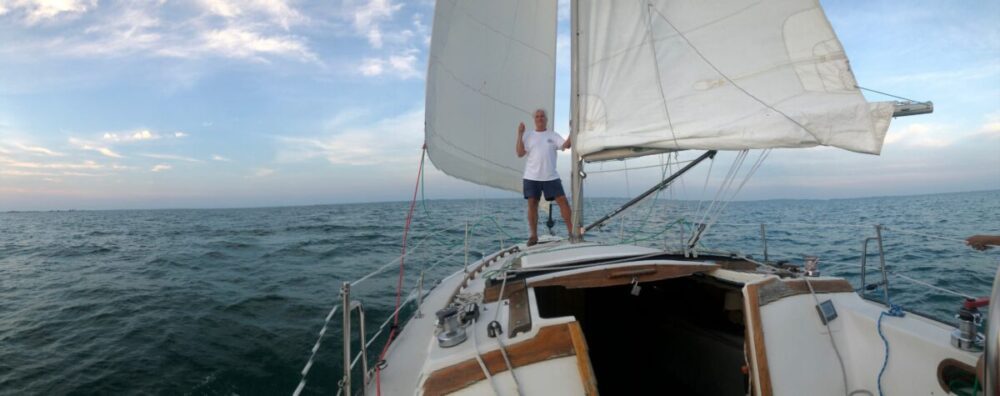True North and Magnetic North
There’s a North Pole, where Santa lives stuck in the ground and secondly, there’s a Magnetic North, where the magnets live our steering compasses, and our handheld compasses are magnetic devices, and they point towards magnetic north not True North. However, our charts are all orientated to True North. The resulting angle between magnetic north, and true north is what we call variation and it will change according to where you are on the planet. So why do we do this? Why don’t we just orient our magnet and be done with it orientated towards the North Pole? True North because it’s a fixed position on the globe and it doesn’t move. However,…



